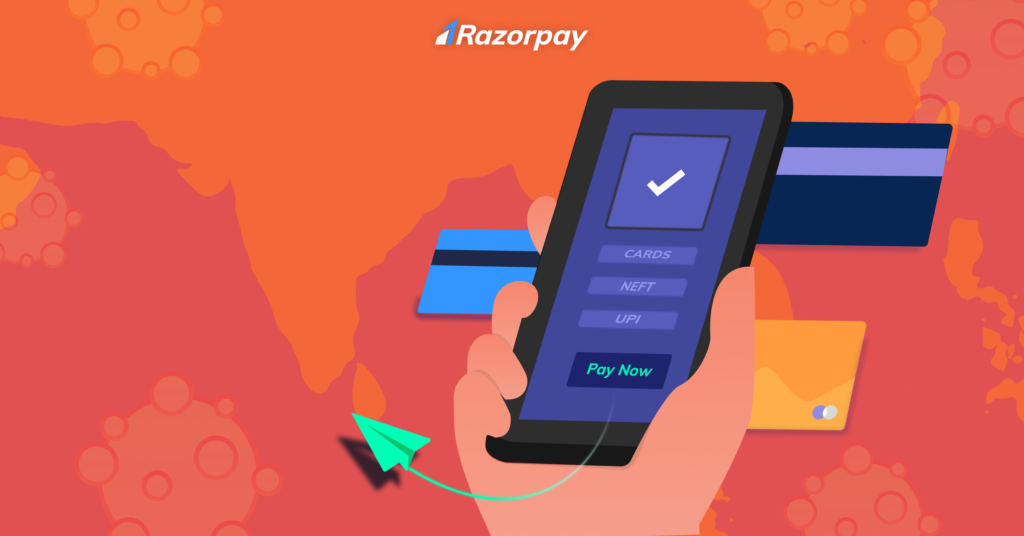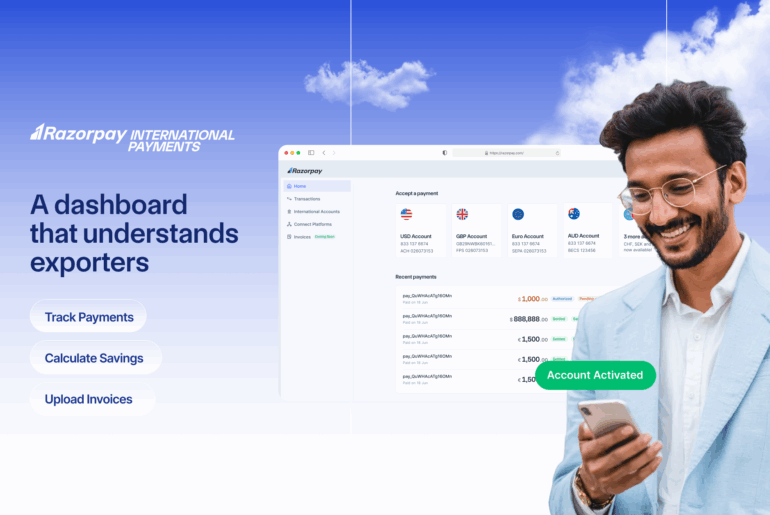Imagine you were back in 1918. Living through the World War and a pandemic that had ravaged many parts of the world, and in particular, devastated India at that time. Chinmay Thumbe wrote eloquently in his book, “The Age of Pandemics 1817-1920: How they shaped India the World” about visceral scenes of death and despair that seem eerily similar to what we are going through now.
Today, as the second wave of COVID-19 is raging across our homes, there is one thing that is different from 1918. What we can enable online. We looked at it from the lens of payments made online and analyzed our data over March and April 2021 (during the 2nd wave and lockdown) to understand three questions:
- Where did the payments come from?
- What did India pay for online?
- How did they pay online?
Where did the payments come from?
 One of our big goals has been to make payments accessible for all. And enabling safe and contactless online delivery options for millions across the country, not just for those in the urban areas. What was heartening to see was that despite successive lockdowns and the rapid spread of the second wave, about half of our customers’ payments originated from smaller towns and cities across the country.
One of our big goals has been to make payments accessible for all. And enabling safe and contactless online delivery options for millions across the country, not just for those in the urban areas. What was heartening to see was that despite successive lockdowns and the rapid spread of the second wave, about half of our customers’ payments originated from smaller towns and cities across the country.
In other data, GSMA Mobile Intelligence 2021 shared that rural-urban and gender gaps in mobile access have been reducing in India. India has 50% of its mobile base now on 4G smartphones, with 10% on legacy smartphones (2G and 3G). That should help more locations and households to find support with online payments.
What did India pay for online?
We looked at what categories showed the maximum positive shifts during this period (March to April 2021) and found some surprising insights. One would expect people to pay for their eCommerce, groceries, and food delivery online during these months, with more pin codes being covered by online deliveries. Well, they did. But, in addition to that, we also found more payments happening in the following categories:
Games people paid: Stuck at home, games were on peoples’ minds. This was the time when IPL was also happening. Right from our collective cricket fascination on channels like Dream11 to fantasy games, some people did not mind paying for playing online.
Powering Changemakers: The second lockdown showed us the deep need for community change-making. From supporting the on-ground needs like oxygen support to food relief to taking care of critically ill patients to the education of out-of-school children and more, one of the most inspiring things we saw in the last two months was the power of Changemakers who organized and supported local communities. And we felt honored to enable the ecosystem by setting up quick donation pages using our payment pages so that they did not lose any time on their relief work.
The care in healthcare: From the need for tests to hospitalization and from home care to insurance, medicines and healthcare needs were the most urgent requirements for families during this time. And that showed up in our customers’ payments. Interestingly, we also saw people paying for fitness online, showing a mindset for planning preventive care rather than just focusing on an immediate cure.
In other data, Visa’s Back to Business Study found that over 46% of global consumers believe that contactless payments are among essential safety measures to follow during and post the pandemic. That could keep driving the online payment shift in the future.
How did India pay online?
Choice in payment modes is no longer a luxury; it’s a need as our diverse customer base look at various options of making payments online. We found that UPI was the most preferred choice for our customers during this period, followed by cards and net banking. Not surprisingly, UPI was most used for smaller ticket payments like utility bills. And the ones paying for games online also seemed to be the ones who had credit and debit cards at their disposal. 
In other data, ET Prime research shows that India has 200 million active UPI handles and 450 million wallets. RBI’s emerging guidelines on interoperability could be an exciting area to watch out for both UPI and wallets to see how the systems become more seamless and real-time payments keep getting enhanced. On a different note, RBI did a retail payments survey in April 2021. They found people using digital payments most for their convenience, with cards and net banking still being the most preferred payment modes.
In conclusion, BCG’s report on global payments, 2020, shared that the worldwide revenue pool for online payments would be ~$1.5 to $1.8 trillion by 2024. History and crises often lead to permanent shifts in behavior. For example, post the SARS outbreak, the transition to eCommerce adoption in the Asia Pacific saw a drastic uptick. A move that was powered by digital payments. As we heal from the current wave and get ready to rebuild, we promise to keep you bringing the real story of online payments as we see it unfold.
Take care and stay safe. And whatever you need to pay for, remember, we can do it online.


